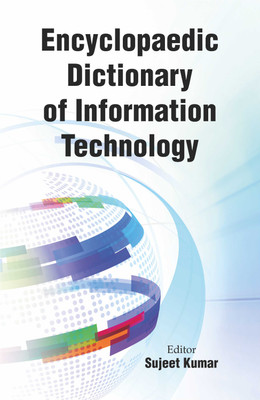Handbook of Advanced Nanomaterials: Synthesis, Properties and Applications (3 Vols.) - Handbook of Advanced Nanomaterials: Synthesis, Properties and Applications with 3 Disc(Hardcover, Phineas Malone)
Quick Overview
Product Price Comparison
An important aspect of nanotechnology is the vastly increased ratio of surface area to volume present in many nanoscale materials, which makes possible new quantum mechanical effects. One example is the ŌĆ£quantum size effectŌĆØ where the electronic properties of solids are altered with great reductions in particle size. This effect does not come into play by going from macro to micro dimensions. However, it becomes pronounced when the nanometer size range is reached. A certain number of physical properties also alter with the change from macroscopic systems. Novel mechanical properties of nanomaterials is a subject of nanomechanics research. Catalytic activities also reveal new behaviour in the interaction with biomaterials. The chemical processing and synthesis of high performance technological components for the private, industrial and military sectors requires the use of high purityceramics, polymers, glassceramics and material composites. In condensed bodies formed from fine powders, the irregular sizes and shapes of nanoparticles in a typical powder often lead to nonuniform packing morphologies that result in packing density variations in the powder compact. Uncontrolled agglomeration of powders due to attractive van der Waals forces can also give rise to in microstructural inhomogeneities. Differential stresses that develop as a result of nonuniform drying shrinkage are directly related to the rate at which the solvent can be removed, and thus highly dependent upon the distribution of porosity. Such stresses have been associated with a plastictobrittle transition in consolidated bodies, and can yield to crack propagation in the unfired body if not relieved. This book focuses on the applications of nanomaterials. It is intended that this book will prove to be an invaluable guide to the students, teachers and researchers, working in the field of biology and nanotechnology.

